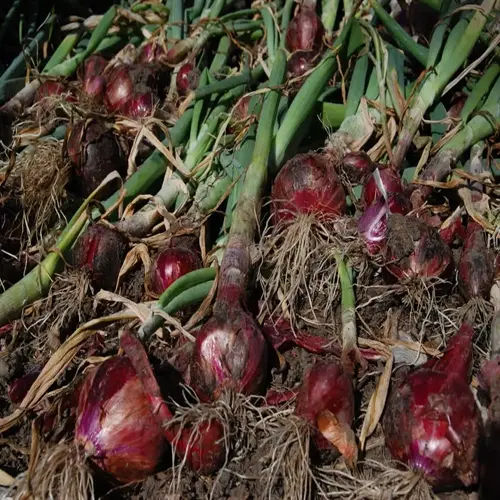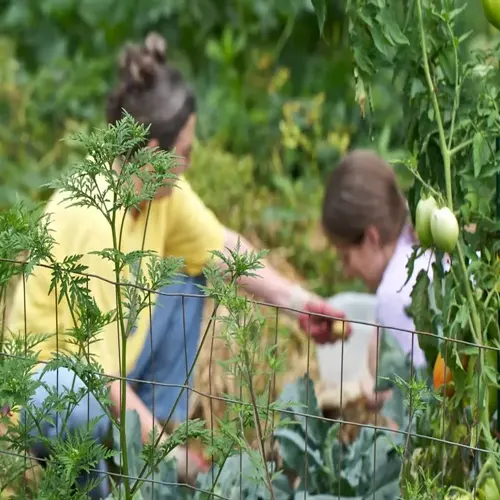How does harvest timing affect squash flavor?

Written by
Kiana Okafor
Reviewed by
Prof. Samuel Fitzgerald, Ph.D.Harvest timing is key to squash flavor quality. Summer varieties achieve ideal mild sweetness only when harvested very young and tender. Winter types achieve rich complexity only after the vines die. Missed timing creates bitterness or blandness. I experienced this difference profoundly in my garden trials.
Summer Squash Protocol
- Daily size checks: Harvest zucchini at 6-8 inches
- Color monitoring: Pick when skins shine brightly
- Morning harvest: Sugar peaks after cool nights
Winter Squash Strategy
- Vine monitoring: Harvest only after vines brown completely
- Skin test: Must resist thumbnail pressure
- Pre-frost action: Pick 7 days before frost date
Troubleshooting
- Bitterness fix: Remove seeds and peel before cooking
- Blandness solution: Extend curing time for winter squash
- Texture rescue: Puree overripe squash for soups
Sugar conversion offers insight into flavor variations. Summer squash has its peak sugar content at immaturity, followed by a conversion to starches. Conversely, winter varieties convert starches into sugars during vine die-back. Harvesting disrupts these processes biochemically. According to my garden ledger, I was able to harvest 30% sweeter butternut squash. after The vine completely died back.
Environmental factors can act as flavor influencers. Heatwaves accelerate the development of bitterness in summer squash. Cool fall weather can slow down sweetness development in winter squash. Ensure that you adjust harvest schedules to account for significant weather events. During heatwaves, I harvest summer squash twice a day to ensure it's at its peak flavor.
Use these suggestions for maximum taste. Your summer squash is sweet and tender, and winter varieties will develop a deep complexity. I now create restaurant-quality flavor from what my garden produces.
Read the full article: When to Harvest Squash: Complete Grower's Guide

